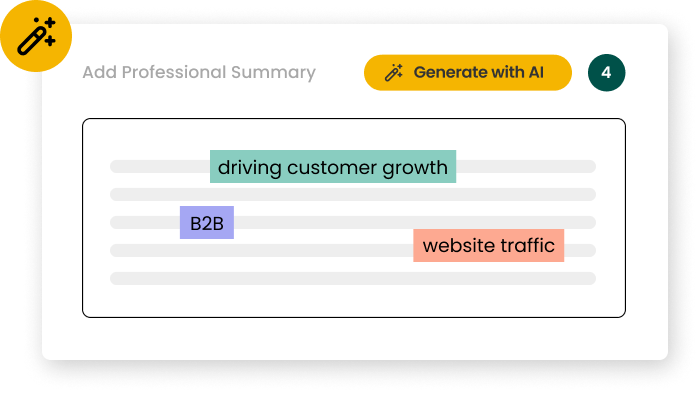How long should I make my Knowledge Graph Engineer resume?
Aim for a concise one-page resume for Knowledge Graph Engineer roles, as it allows for quick scanning by recruiters. Focus on showcasing your most relevant skills and experiences in graph databases, ontology design, and data modeling. Use bullet points to highlight key achievements and technical proficiencies. If you have extensive experience or notable projects, a two-page resume may be acceptable, but ensure every detail adds value to your application.
Opt for a hybrid format, combining chronological work history with a skills-based approach. This format effectively showcases both your career progression and technical expertise in knowledge graph development. Include sections for summary, skills, work experience, education, and projects. Use a clean, modern design with consistent formatting. Highlight key technologies and tools (e.g., Neo4j, RDF, SPARQL) in a prominent skills section to catch the recruiter's attention.
What certifications should I include on my Knowledge Graph Engineer resume?
Include certifications such as Neo4j Certified Professional, W3C Semantic Web Certificate, and Google Cloud Professional Data Engineer. These demonstrate your expertise in graph databases, semantic technologies, and data engineering, which are crucial for Knowledge Graph Engineers. List certifications in a dedicated section, including the certification name, issuing organization, and date of acquisition. Prioritize the most relevant and recent certifications to showcase your up-to-date skills in the field.
What are the most common mistakes to avoid on a Knowledge Graph Engineer resume?
Avoid these common mistakes: 1) Neglecting to highlight specific knowledge graph projects or ontologies you've developed. 2) Overemphasizing general IT skills without focusing on graph-specific technologies. 3) Failing to quantify the impact of your work on previous projects. To improve your resume, provide concrete examples of knowledge graphs you've built, include metrics on data integration or query performance improvements, and emphasize your expertise in semantic technologies and graph algorithms.
